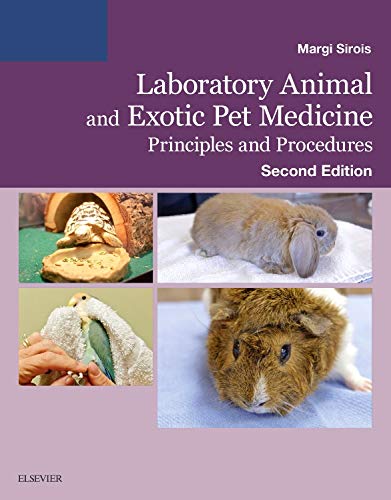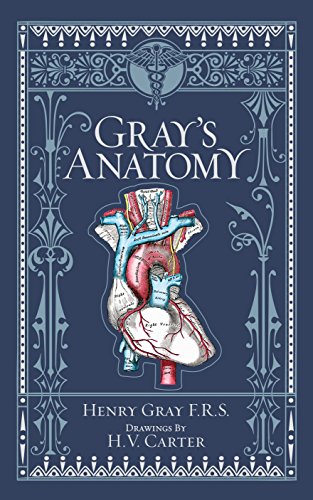
Author: Margi Sirois
Price: $8.63
Category:Medical Books
Publication Date:2015-09-29T00:00:01Z
Pages:416
Binding:Paperback
ISBN:10:0323172997
ISBN:13:9780323172998
Learn how to properly handle and care for lab animals and exotic species with Laboratory Animal and Exotic Pet Medicine, Principles and Procedures, 2nd Edition. This comprehensive resource provides the latest anatomy, physiology, and taxonomy information on a wide variety of species – including birds, reptiles and amphibians, rats and mice, guinea pigs, hamsters, rabbits, gerbils, ferrets, wildlife, woodchucks, armadillos, frogs, and fish. Coverage also includes a number of commonly performed procedures (such as blood collection, medicine administration, and animal husbandry) and in-depth information on housing, restraint, nutrition, common diseases, diagnostics, and therapeutics. Research-related information, including legal and ethical issues surrounding exotic animals being kept as pets, as well as the humane use of animals in research, make this text a must-have resource for any aspiring vet tech or professional who must work with lab animals. Comprehensive coverage addresses a wide variety of species (rats, mice, guinea pigs, hamsters, gerbils, ferrets, rabbits, nonhuman primates, swine, chinchillas, armadillos, amphibians, reptiles, birds, fish, farm animals, and cats and dogs) and covers a wide variety of topics (such as animal species, the laboratory setting, regulatory guidelines, and ethical considerations) to fully prepare students for work with all types of animals. Consistent organization of each species chapter makes it easy for students to quickly identify similarities and differences among various laboratory animals. The latest information on laws and ethics related to lab animal medicine cover the areas of pain management, use, care, and more. Review questions at the end of each chapter allow students to assess their knowledge of the material. Discussion of specific uses for each species in biomedical research gives students a perspective on animal use that allows them to explain the benefits of animal use as required by veterinary technology program accreditation procedure. Boxes and tables list anatomic and physiologic data for each species. NEW! Updated design features more high-quality, full-color illustrations and a revised reader-friendly layout with learning objectives and key points to make content easier to follow.






